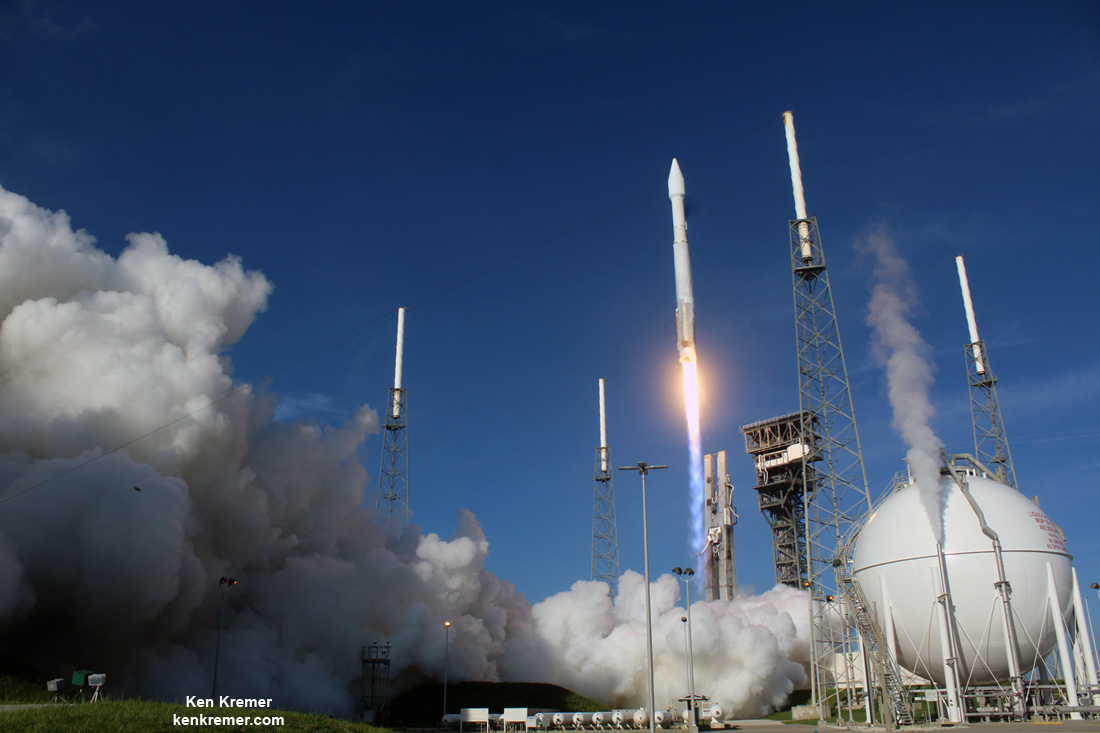

To deliver the supplies, equipment and research gear needed to support station operations, Russia has launched 61 robotic Progress supply ships to date, including two launch failures. All told, station spacewalkers have logged seven times more than the 166 hours of spacewalk/moonwalk time spent by the Apollo astronauts during orbital test flights and moon missions. Another spacewalk, the 190th, is on tap Nov. And in the wake of the shuttle fleet’s retirement in 2011, the Soyuz is the only vehicle currently able to carry crew members to and from the station, serving as a lifeboat between dockings and departures.Ī cadre of 122 astronauts and cosmonauts representing nine nations has carried out 189 spacewalks to build and maintain the space station, logging 1,184 hours - 49.3 days - of EVA time. The steady stream of Soyuz spacecraft provided the transportation backbone that kept the outpost operational when the shuttle was grounded after the 2003 Columbia disaster. Russia launched two heavy-lift Proton rockets to deliver the Russian-built, NASA-financed Zarya storage and propulsion module and the Zvezda command module, launched a pair of airlock/docking modules aboard Soyuz boosters and built a third that was delivered aboard a space shuttle.Įqually important if not more so, the Russians have launched 44 Soyuz crew ferry craft to date, carrying 131 cosmonauts, astronauts and space tourists to the space station. Some 220 individuals have visited or lived aboard the sprawling laboratory complex to date, building the outpost piece by piece, working through complex research, enduring tragedies on Earth and celebrating hard-earned triumphs, all in the vacuum of space at an altitude of 250 miles and a velocity of 5 miles - more than 80 football fields - per second.īuilding the station required 37 dedicated space shuttle flights to deliver the lab’s solar arrays and truss segments, nine U.S., Japanese and European pressurized modules, the station’s Canadian-built robot arm, science racks, experiment hardware, spare parts and myriad other components. 2, 2000, 15 years ago Monday, the first of 45 expeditions to date that have logged a decade and a half of continuous human presence in low-Earth orbit. The International Space Station’s first three-man crew moved in on Nov. Nasa also released an infographic that presents interesting facts about the space station, along with a list of how things have changed since the Expedition 1 in 2000.STORY WRITTEN FOR CBS NEWS & USED WITH PERMISSION The International Space Station, seen here through the window of space shuttle Endeavour in 2011, is the largest spacecraft ever to fly in space. “Since 2000, human beings have been living continuously aboard the space station, where they have been working off-the-Earth for the benefit of Earth, advancing scientific knowledge, demonstrating new technologies, and making research breakthroughs that will enable long-duration human and robotic exploration into deep space," said Nasa administrator Charles Bolden. “I congratulate all of the men and women at Nasa and around the world who have worked so hard to keep the International Space Station operational these past 15 years," said John Holdren, director of the White House Office of Science and Technology Policy. The crew worked a wide variety of lab maintenance and advanced science exploring how life adapts to long-term space missions with potential benefits to Earth-bound humans and future astronauts. Kelly and Kornienko are spending nearly a year in space. The current six-member crew, Expedition 45, consists of Nasa astronauts Scott Kelly and Kjell Lindgren, Japanese astronaut Kimiya Yui and veteran cosmonauts Sergey Volkov, Mikhail Kornienko and Oleg Kononenko. It also explains the station’s logistics: it’s about the size of a football field and weighs up to 1 million pounds.

The video details interesting facts about the station in twanging verse, according to ‘The Verge’. The US space agency released a delightful video about the space orbiting lab, set to a very country and banjo-filled tune.


 0 kommentar(er)
0 kommentar(er)
